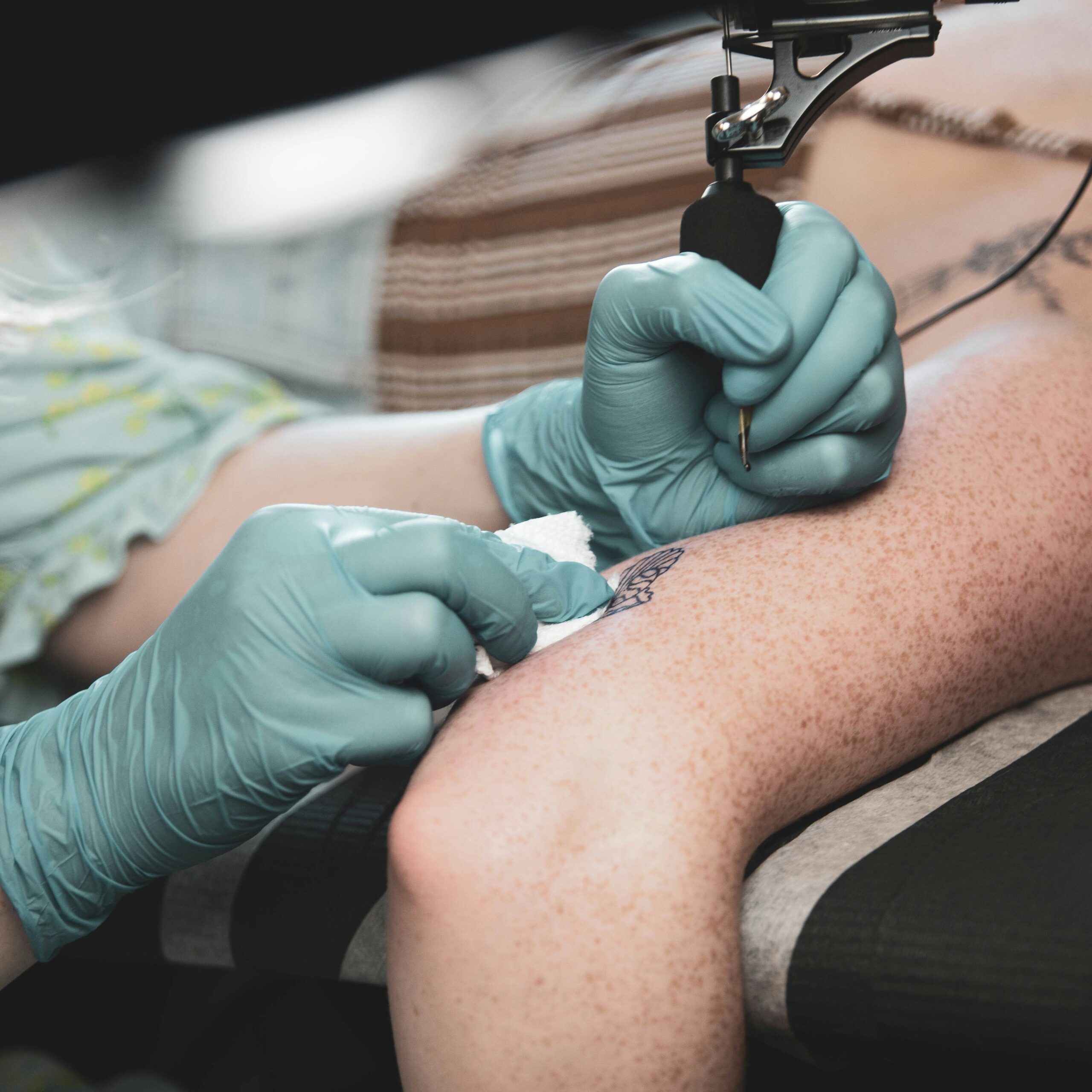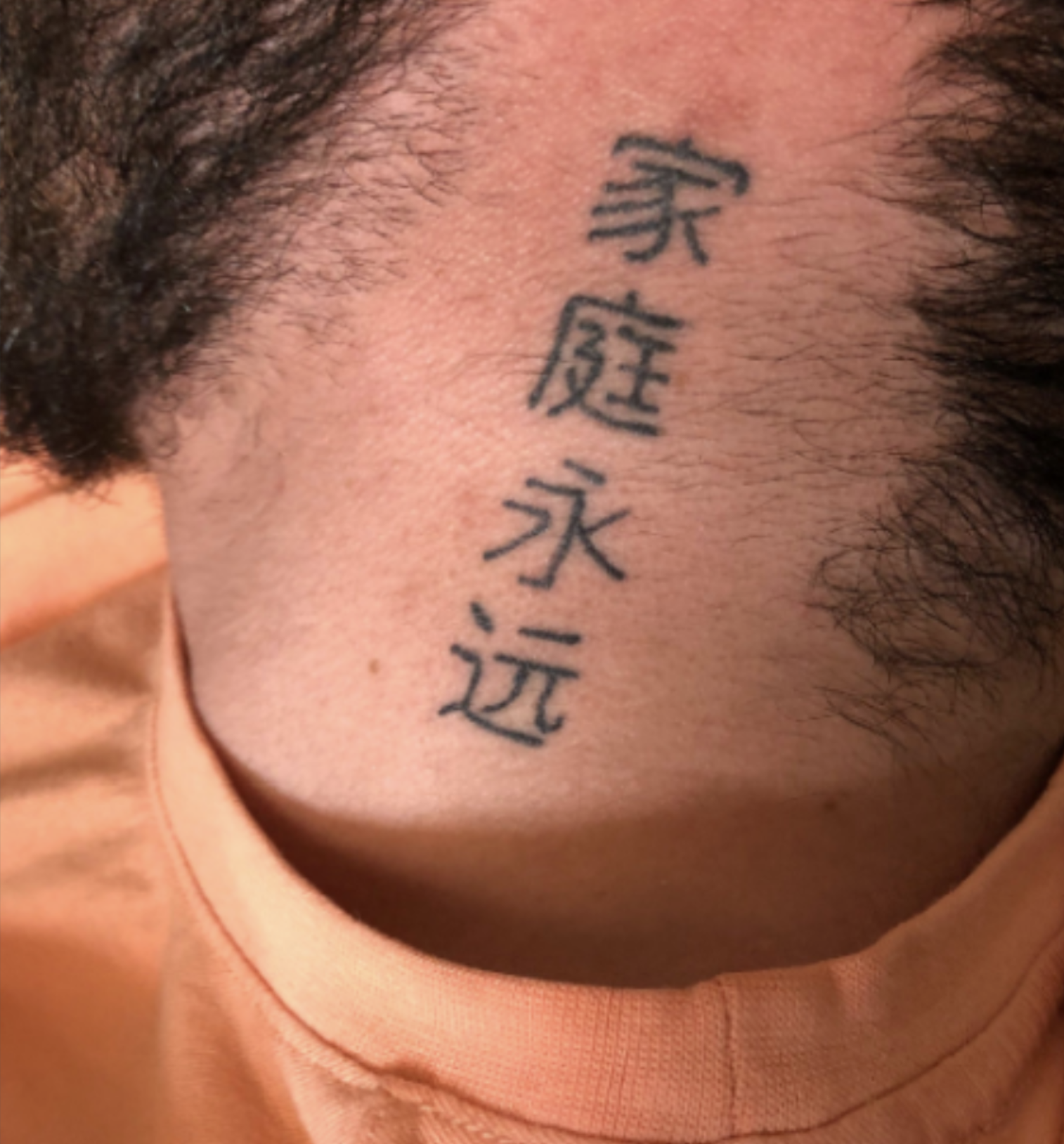
Do You Know What’s in Your Tattoo? Is Tattoo Ink Toxic?
Do you know what’s in your tattoo and if tattoo ink is toxic? Answering this question is tricky since there has been little to no regulation when it comes to the formulation of tattoo inks. Prior to the passage of the Modernization of Cosmetics Regulation Act (MoCRA) in late 2022, tattoo ink companies were able to create their own formulas without having FDA guidance or oversight, and the ingredients vary from company to company. While the FDA is trying to figure out what that guidance and oversight will look like, common base ingredients for most tattoo inks may include:
- Pigments: These are what create the colors in tattoo inks. They can come from different sources, including minerals, metals, or synthetic compounds. Some common pigments used in tattoo ink include titanium dioxide, iron oxides, carbon black, cobalt, copper, cadmium, manganese and azo compounds.
- Carriers: Carriers are liquids that help deliver pigments into the skin during the tattooing process. Water, alcohol, propylene glycol, methanol, glycerin, and witch hazel are commonly used carriers in tattoo ink formulations.
- Stabilizers: Stabilizers are added to tattoo ink to prevent the pigments from separating or breaking down over time. These additives vary from brand to brand but may include substances like ethyl alcohol or glycerin.
- Preservatives: Preservatives are used to prevent microbial growth and extend the shelf life of tattoo ink. Common preservatives found in tattoo ink include benzoic acid, formaldehyde, and benzisothiazolinone.
Since tattoo ink formulations can vary between manufacturers and it is not federally regulated in the United States, there’s no real way to know every ingredient in different tattoo inks.
Related Post: Think Before You Ink: (Tattoo Ink Ban & Unsafe Practices)
The Truth About Tattoo Inks in the United States

In the United States, tattoo inks can contain potentially harmful ingredients such as heavy metals, including lead, cadmium, arsenic and mercury, and may contain carcinogenic compounds or other toxic substances. These ingredients can pose health risks when placed into the skin during the tattooing process and potentially cause complications within the body. Is tattoo ink toxic? This question becomes significant in light of these potential risks.
When Congress passed MoCRA, it allowed the Food and Drug Administration to regulate tattoo inks for the first time, including accurate labeling practices; prior to that, tattoo inks were considered cosmetic in nature and not subject to regulation. As a result, tattoo ink formulations have varied widely, which is why it is essential to research reputable tattoo parlors and ask about the ingredients used in their inks to minimize potential health risks.
Something to note, the EU has banned certain inks and pigments due to the potentially harmful ingredients used in tattoo inks and the United States has yet to follow suit, meaning there are no bans on any inks or ingredients.
What are the Effects of Tattoo Inks on the Body?

Tattoo ink can affect the body in various ways due to the presence of potentially harmful ingredients. When tattoo ink is placed into the skin during the tattooing process, the body’s immune system may react to the foreign substances, leading to inflammation and localized immune responses, such as swelling, redness, itchiness, or other responses that signal an allergic reaction. While tattoo pigments are often assumed to be immobilized in the dermal layer, previous work demonstrates small amounts of pigment can be distributed throughout the body, most commonly in the lymph nodes. This movement could potentially lead to long-term health issues, including severe chronic allergic reactions, skin irritation, fevers, or even systemic toxicity, which impacts the organs.
Related Post: Removing Different Tattoo Colors On Different Skin Tones
What Is System Toxicity and Its Effects on the Organs?

System toxicity occurs when heavy metals or carcinogens in tattoo inks are absorbed into the lymphatic system or bloodstream and are distributed throughout the body, manifesting harmful effects on the entire body or multiple organ systems, rather than just the area a tattoo was applied. Symptoms of systemic toxicity can include nausea, vomiting, headaches, dizziness, organ damage, or even worse complications in extreme cases. Additionally, tattoo ink ingredients may interact with the immune system, potentially leading to autoimmune reactions or immune-related disorders.
This raises significant concerns about whether the composition of tattoo ink contributes to systemic toxicity, highlighting the importance of understanding the potential toxic nature of tattoo inks.
What are the Health Risks with Laser Tattoo Removal?
After a tattoo is applied and healed, an adverse reaction to tattoo ink is less likely since the ink is mostly stagnant in the skin. While the immune system will try to remove newly placed ink, the ink particles are too large to be removed naturally. However, this changes when someone decides to undergo laser tattoo removal.
Laser tattoo removal works by heating up and breaking ink particles into smaller pieces so the body can process the ink out through the lymphatic system. Since laser tattoo removal places ink particles into the lymphatic system and bloodstream, this could potentially exacerbate health risks and pose additional threats to other organs such as the lymph nodes or spleen. There is little research into the long-term effects of laser tattoo removal and how unregulated and harmful inks may hurt the body during the multiple-years-long removal process. Were you considering laser tattoo removal?
Tatt2Away® and Tattoo Inks
Tatt2Away is a non-laser tattoo removal method that works by releasing ink particles from the dermal layers using a proprietary solution and a patented technique. Unlike other forms of tattoo removal that rely on the body’s lymphatic system to gradually eliminate ink, Tatt2Away activates the body’s natural healing response to expel the ink out of the skin, resulting in healthy, immediate and visible results.
Tatt2Away is the more prudent option when comparing Tatt2Away to other forms of tattoo removal since it does not rely on pushing unregulated tattoo ink into the lymphatic system and bloodstream. The truth is, that Tatt2Away is changing the tattoo removal industry forever!
Learn more about the laser-less tattoo removal process and how Tatt2Away works to remove your tattoo ink the natural way. For more related information on “Is tattoo ink toxic” and trends on everything related to tattoo removal, visit our blog.

